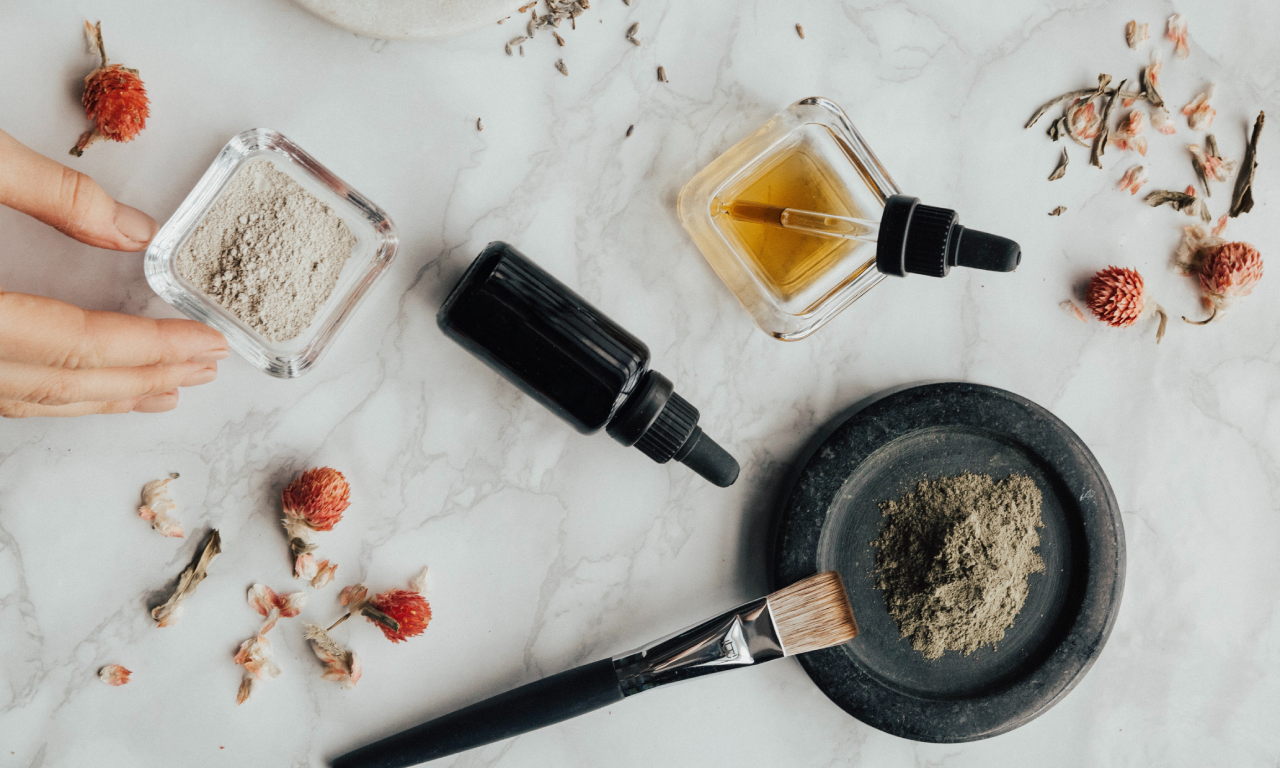4 March 2022
By Dhiya Bisyarah
The power of smell permeates mental health and wellness.
There were a lot of trends that sprung up during the pandemic – from ASMR and the buzz around Secret Lab chairs to TikTok and in the wellness department, aromatherapy. All of these have helped control the sanity of many, providing a safe space while confined within homes. Aromatherapy, specifically essential oils, is a natural remedy that has proven to not be a fad. In fact, it has become a relaxing routine for those struggling with mental health. How does aromatherapy work? What does science have to say about such an unconventional form of therapy? Certified aromatherapist and award-winning Artisanal Skincare Maker Mandy Leena Tan sniffs out the answers.
Basics to know
“Aromatherapy is a scent with intent. Each essential oil has a distinct aroma, and each offers specific properties,” explained Tan.
From rose and lavender to cedarwood and peppermint, there are more than 90 types of essential oils each with its own unique smell and potential health benefits. But don’t confuse them with normal, synthetic products like shampoos and perfumes. Instead, essential oils are plant extracts known to enhance one’s physical and psychological well-being.
The process, as described by Tan, includes steaming or pressing various parts of a plant (flowers, bark, leaves or fruit) to capture the compounds of the fragrance. Even the distillation process, scarcity of the oil source and the region’s growing conditions all contribute to the exclusivity of an oil. In fact, it can take several pounds of a plant to produce a single bottle of essential oil. Undoubtedly, it is a laborious process. The Champaca Absolute Essential Oil, for instance, costs a staggering $2,256 per ounce, making it one of the most expensive essential oils worldwide.
Beginnings
While aromatherapy is embraced as a new-age therapy, the practice has actually been around for over 6000 years.
The first users were likely to be the ancient Chinese, who prescribed it for a variety of ailments, followed by the ancient Egyptians and the ancient Greeks. Tan also mentioned that Hippocrates – the father of modern medicine – used aromatherapy to clear Athens of a plague. Another famous anecdote of aromatherapy was sourced from the 1910s, whereby René-Maurice Gattefossé, a chemical engineer from Lyon, discovered the therapeutic properties of pure lavender after a laboratory explosion that left him with major burns. It was Gattefossé that coined the term “aromatherapy”.
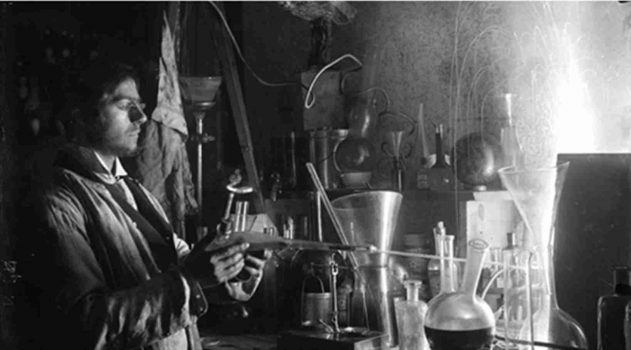
“For the uninitiated, lavender is an ideal beginner scent for its ability to fight mild infection and treat minor injuries. Coupled with its relaxing and dreamy aroma, lavender is lauded to be the Swiss Army knife of the essential oil world,” Tan explained. However, it is good to note that aromatherapy goes beyond just floral scents. Tan adds, “Rosemary is an essential oil used for cognitive support and improving brain health. Lemon essential oils can purify the body and lift the spirits too.”
According to her, some Japanese firms are also using aromatherapy to boost their employees’ moods and productivity. Specifically, these companies pump traces of rosemary and lemon essential oils through the air-conditioning systems. In hindsight, the concept is similar to attending a spa and feeling relaxed upon smelling the aroma. More modern alternatives also include pillow sprays that can be spritzed on beds to stimulate relaxation and deep sleep.
“You can use aromatherapy in many ways in your daily lives at home and even at work. For example, add them to body care and hair care products, bath and foot soak, and hot and cold compresses. You can also diffuse it in a burner or spritz the essential oil throughout your home and work to boost your mood and productivity.”
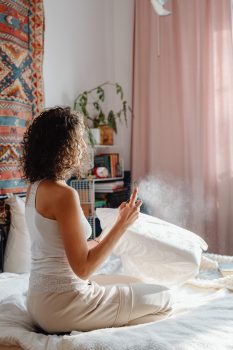
Types of essential oils
Profiling essential oils are tricky and it becomes overwhelming to choose from over 90 types. Just like any scent, it is personal and individualistic because what might work for one, might not work for the other. For those looking to try calming essences, chamomile is herbaceous, soothing and sweet and can support the immune system. Frankincense is a warm and spicy alternative that is meditative and encourages cellular health.
Invigorating scents like peppermint is fresh and ideal for respiratory and digestive health. Additionally, cedarwood is nutty, sweet and ideal for promoting healthy skin.
More cooling options include lavender for its powdery and light scent that stimulates relaxation and sleep. Ylang Ylang essential oils also have a list of benefits, from promoting hair growth to the treatment of combination skin. Simply put, there are plenty of choices and these can additionally be packaged as oils, scrubs, candles and diffusers, even.
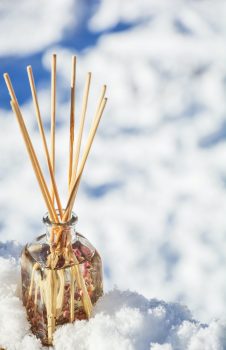
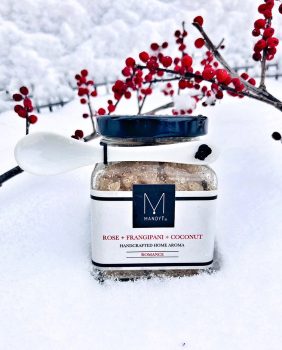
Science and medicine
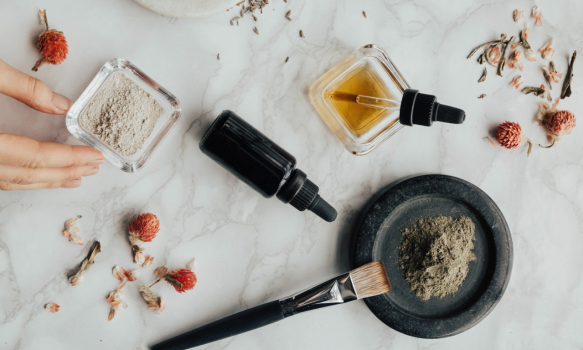
Before the facts and figures come to play, Tan posits that scientific research has been scarce and limited. Scientists only test some of the oils in very controlled human trials. However, a growing number of studies have highlighted that hospitals have used oils for stress relief, pain, nausea, and bedsore prevention.
Tan cautions: “Aromatherapy is a complementary therapy. It does not provide a cure for diseases, rashes, or illnesses, but it can support conventional treatment of various conditions. It is important to follow the advice of a trained professional when using essential oils.”
Even so, aromatherapy has been regarded as both an art and science, with recent recognition in the fields of medicine. Essential oils used in aromatherapy can activate certain areas of the brain, like the limbic system, which affects emotions. These impact the hypothalamus, which responds to the oil by producing feel-good brain chemicals like serotonin. Experts also think that aromatherapy activates the smell receptors in the nose. This sends messages through the nervous system to the brain.
“While it’s not advisable to ditch your doctor, having the ability to use the right essential oils can help you improve in some health problems such as mild pain relief, stress release, migraines, allergies and other common maladies,” Tan highlights. “You can breathe them through your nose putting them on your skin during a massage or a bath, making it very accessible to anyone.”
In other words, aromatherapy can provide long-term benefits to one’s mental health. This includes easing anxiety and depression, boost feelings of relaxation, improve sleep and eventually enhance quality of life. These findings are promising and a great alternative to more invasive modes of relief like consuming pills – but one should not disregard the fact that aromatherapy is widely untested, hence needs to be used with care.


